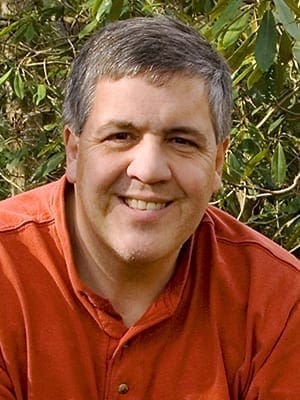Two of my favorite local natural areas to take photographs have been great locations for bird photography the past two winters. I visited both a few days ago.
One area is a wildlife management area and there I found thousands of snow and speckled geese.
It was good to see the large number of birds because in previous trips there lately I had seen very few birds – far less than normal for this time of year.
The other place I visited is a county park. The past two winters I’ve been able to photograph short-eared owls there. On my latest trip I saw none.
A couple of my friends have been out to this park as well recently and they both have reported that they have seen no owls.
Both the late arrival of the birds to the wildlife management area and the disappearance of the owls at the county park are easily explained.
The geese do not migrate to our area until it gets cold up north. Typical winter weather was late arriving in the northern portions of the country this year.
My friend, fellow photographer and blogger Rob Sheppard, visited Minnesota a few weeks back.
Most years he would have experienced snow, ice and frigid temperatures at that time. He reported that it was too warm for any of those.
The unseasonably warm weather in the northern part of the central United States was the main reason for the late arrival of the geese here in western Kentucky.
The reason for the disappearance of the owls is a change in their habitat.
Two years ago, the county park was new and basically undeveloped. There were lots of owls that year.
The following year, the park built several new roads and altered the fields where the owls feed. As a result, last winter there were far less owls to be found.
The park underwent significant development in 2015, and the original habitat has been greatly altered.
This has eliminated much of the birds’ feeding grounds so it is not surprising that we are not seeing the owls back there this year.
Both scenarios described reflect how humans make a difference in the natural world.
Climate change at the present time is undeniable. The earth is unmistakably warming. The vast majority of scientists who have studied climate change believe that humans are affecting the rising temperatures.
You will hear a lot of folks refute this claim, but they rarely come from the scientific community.
Those who know what they’re talking about believe we are causing unnatural changes to the earth or at least speeding up natural processes.
If this continues, human and nonhuman life will be greatly affected and in most cases not for their betterment.
Humans obviously have radically altered the landscape of the earth. The changes I’ve witnessed in a small county park nearby are nothing compared to what has happened in other parts of our country and the world.
Many animals now have only a fraction of their original habitat. Wildlife that people commonly saw in years gone by are rarely seen today due to loss of habitat.
What we do with the land around us has repercussions on numerous species.
My observations have served as a reminder that what we do does have an impact on the planet and the creatures that inhabit it. We simply must strive to be the best stewards of God’s creation we possibly can.
The Scriptures say, “You reap what you sow” (Galatians 6:7). That can be good or bad.
Thankfully, there are wonderful stories of successful reintroduction of species into areas where the natural habitat has been restored.
We can be an ally to the other creatures we share the earth with or we can be their worst enemy. It’s our choice.
We also know today that there are things we can do to help slow down global warming. Once again, it’s our choice. We have to decide.
If we take seriously our divine call to tend the planet, we will have to make wise choices.
The bottom line for too many people and for too long has been how can we use nature to make a financial profit?
I don’t believe that is God’s primary concern, nor should it be ours. If we reap what we sow, I hope we will strive to reap a future where the planet we all live on is made a better place for everyone, including the creatures God made to share the earth with us.
 Chuck Summers is a pastor of the First Christian Church (Disciples of Christ) in Henderson, Kentucky. He is also a photographer whose work has appeared in numerous national magazines and calendars; he has published three photography books. A version of this article first appeared on Seeing Creation, a blog that Summers co-authors with Rob Sheppard, and is used with permission.
Chuck Summers is a pastor of the First Christian Church (Disciples of Christ) in Henderson, Kentucky. He is also a photographer whose work has appeared in numerous national magazines and calendars; he has published three photography books. A version of this article first appeared on Seeing Creation, a blog that Summers co-authors with Rob Sheppard, and is used with permission.
Chuck Summers is a pastor of the First Christian Church (Disciples of Christ) in Henderson, Kentucky.

